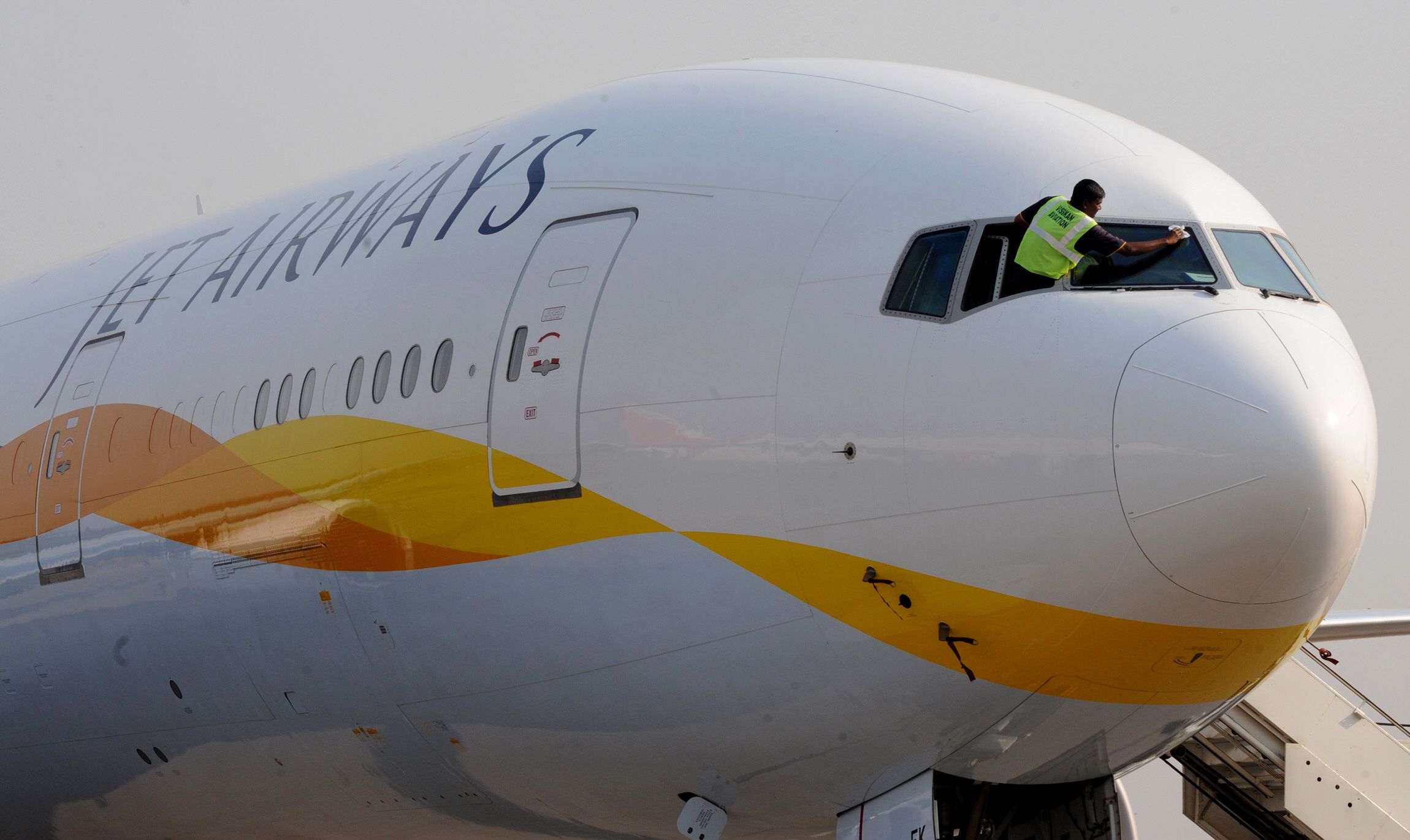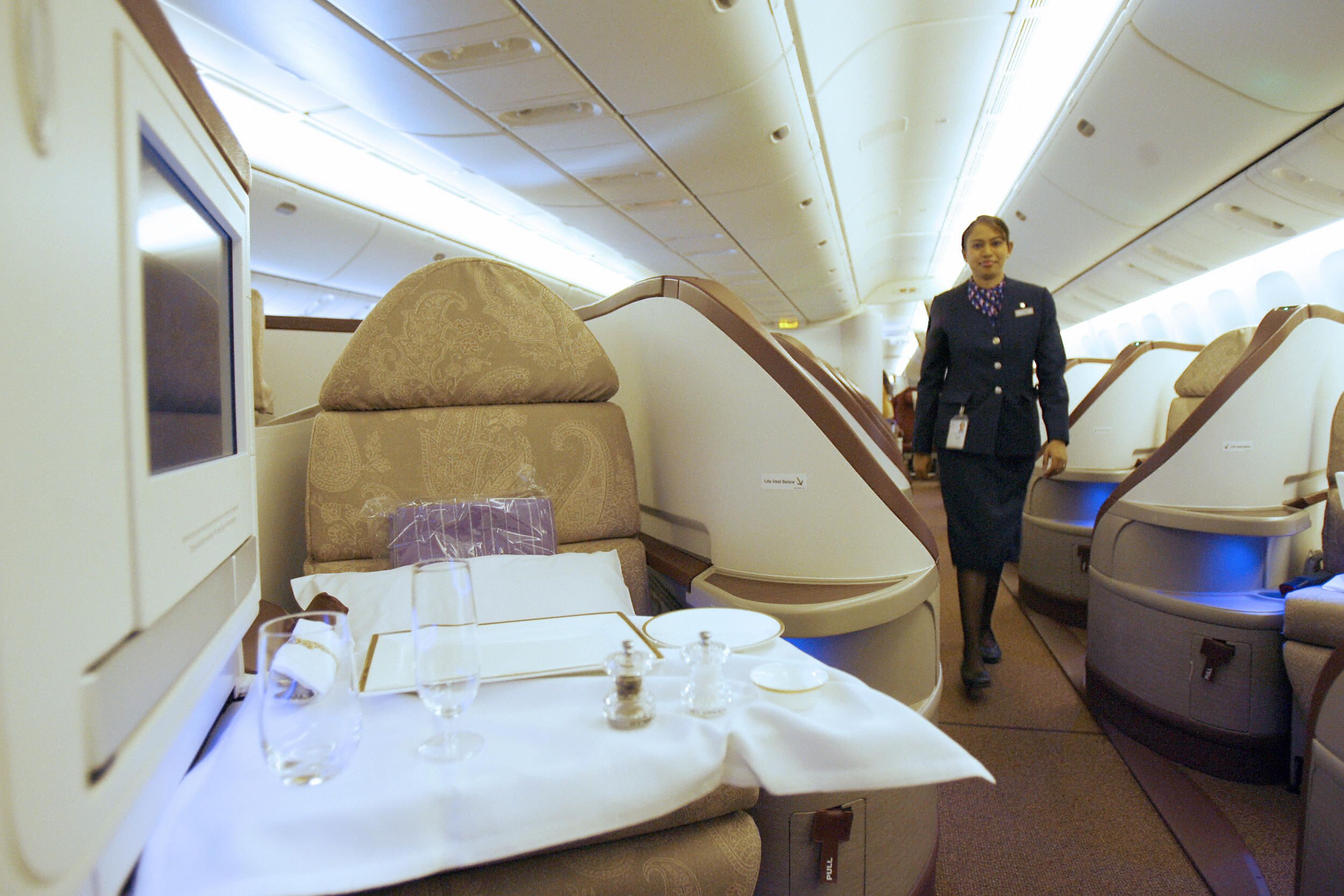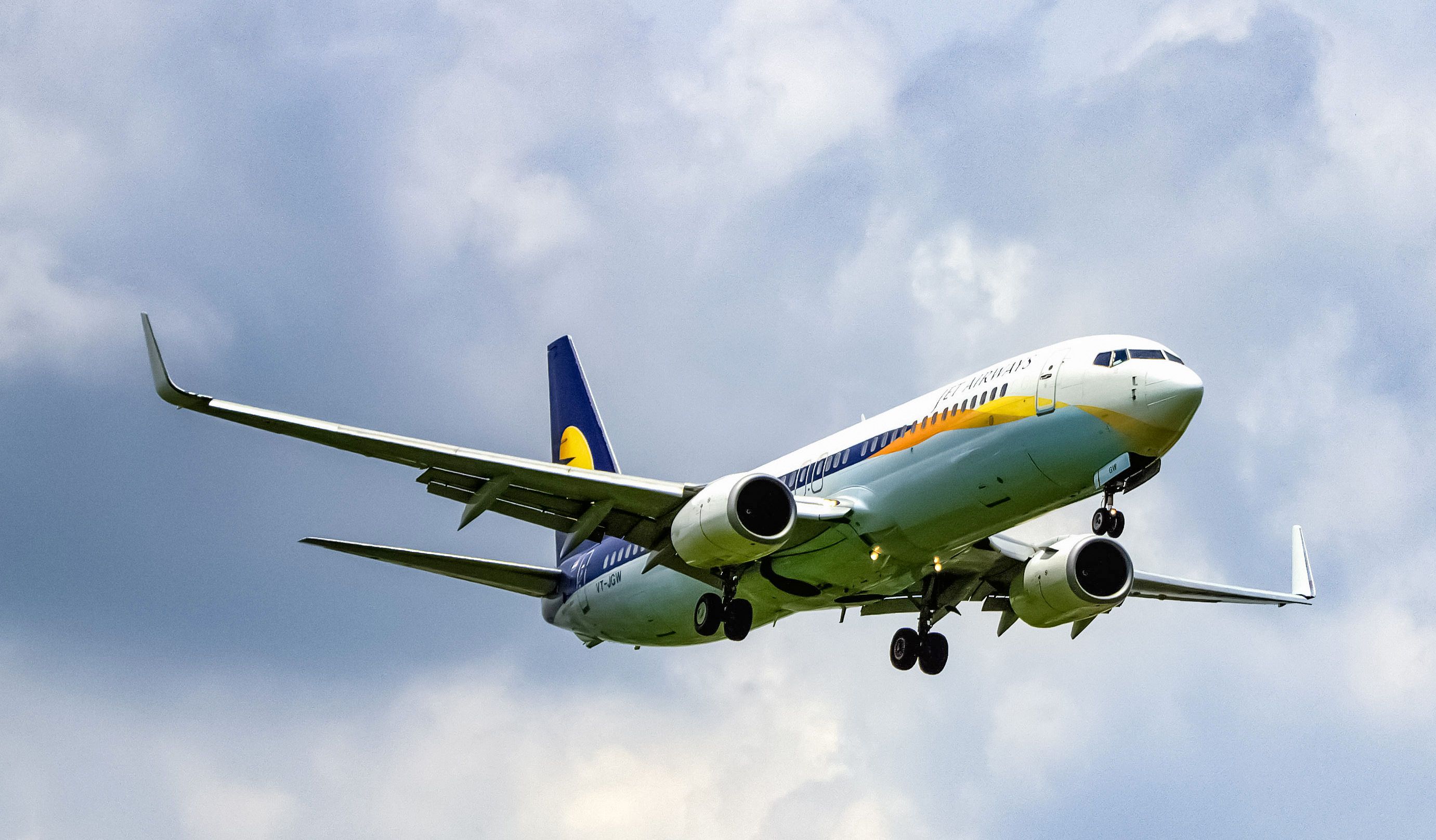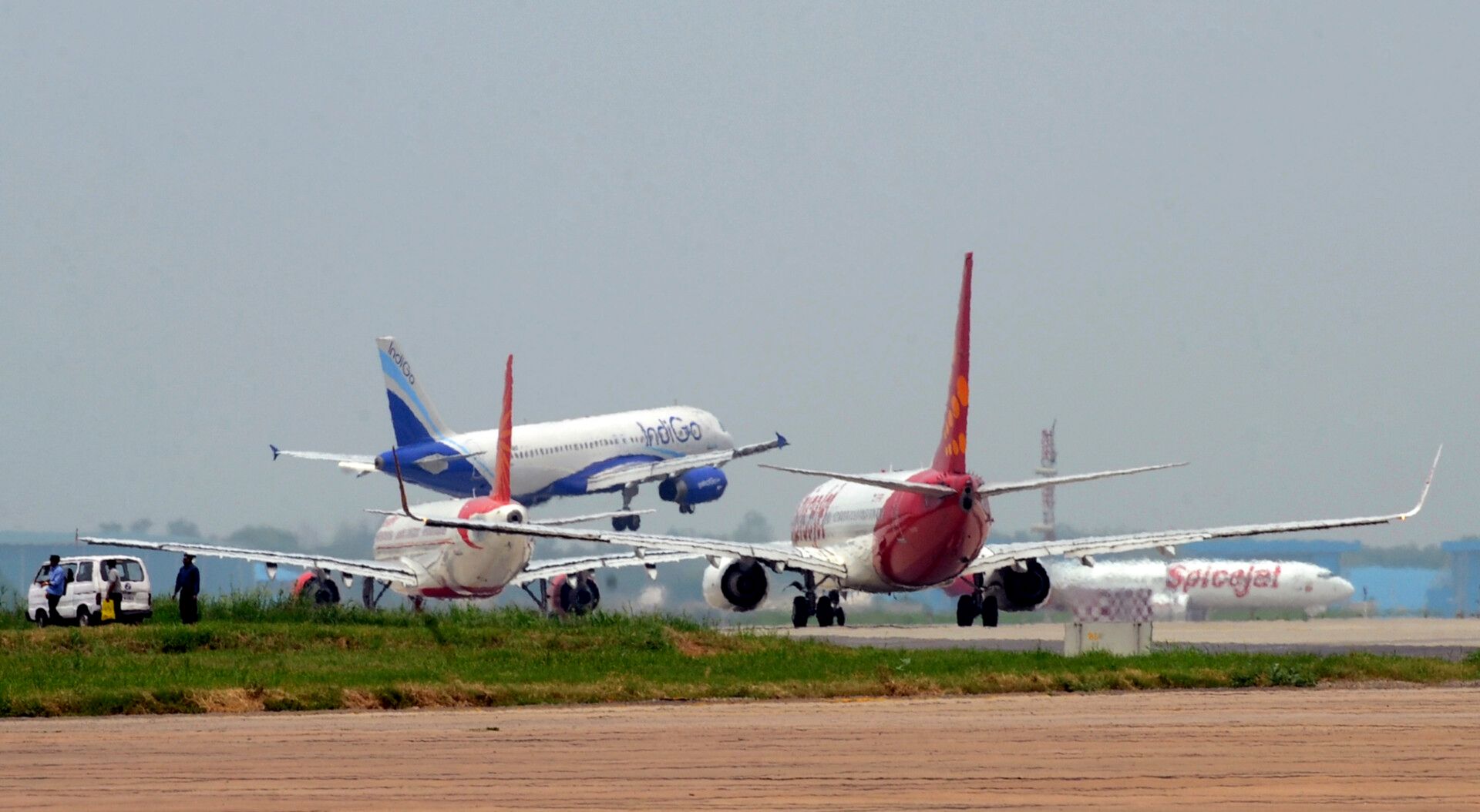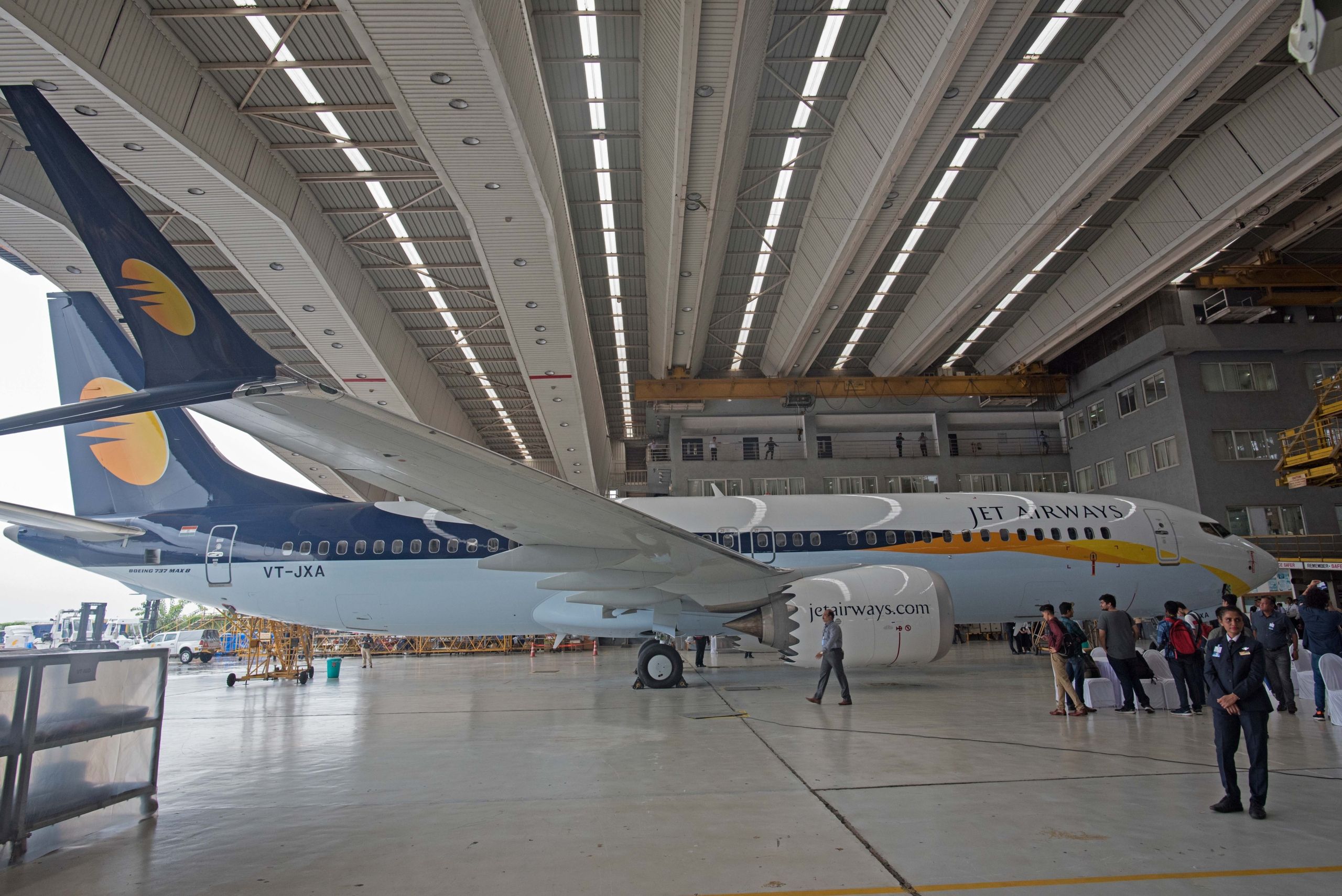The revival of Jet Airways is edging ever closer, with the carrier slowly revealing more details of its business plan and strategy. Having made several key appointments in recent weeks, including the new CEO Sanjiv Kapoor, the airline is making headway towards breaking its three year long stint of grounding.
In his first media appearance since taking the helm at the airline, Kapoor has shed some light on the operating model for the revived Jet Airways, and the roadmap to its restart of operations. Here’s what we know so far.
A hybrid ‘two-in-one’ approach
The original Jet Airways was a full service operator. In fact, until the launch of Vistara in 2015, it was the only full service operator in India apart from state-owned Air India. This meant passengers could expect free meals and drinks and a higher caliber of service onboard.
However, the emergence and proliferation of powerful competitors like IndiGo and SpiceJet meant Jet struggled to maintain its market share. It was forced to lower ticket prices to remain competitive, damaging its profitability and, ultimately, forcing it into bankruptcy in April 2019.
One of the big questions regarding its restart is what the carrier will look like. According to the CEO’s comments today, the airline plans to hedge its bets with a hybrid, two-in-one model catering to both ends of the market at once.
Up front, Jet Airways will have a business class cabin, which will be full service. Passengers here can expect free meals and other perks of full service travel – likely free checked baggage, seat selection and inflight amenities. But down the back, the economy class will be modelled on a low-cost basis, allowing the airline to bottom out the ticket prices to compete with its low-cost rivals.
As reported in the Economic Times, Kapoor commented,
“It’s very difficult in the domestic Indian market to take on the cost of the food and everything else in economy class, where the customer in India chooses primarily on the basis of fares. Let’s just accept that and let’s not burden ourselves with extra cost.”
Will it work?
Hybrid operating models have become popular in recent years, with carriers like JetBlue, Southwest and WestJet all vying to provide something a bit better than low-cost carrier service, but still at an affordable price point. But what Kapoor is talking about is a whole new type of hybrid, where full service and low-cost exist on the same plane.
On the surface, it’s an interesting idea but does it make any sense? The whole point of low-cost carriers is that everything is geared to reducing overheads; airports used are usually smaller, secondary facilities, turnarounds are short, and flight times are often at some of the more unsociable hours. Will full service flyers be expected to endure these drawbacks? Or will the low-cost strategy be watered down to accommodate this hybrid offering?
How it plays out remains to be seen, but whichever way it goes, one can’t help wondering if Jet is setting itself up to fail. Full service passengers will likely prefer to fly with a fully full service airline like Air India or Vistara. And with the watering down of the low-cost strategy, it’s unlikely Jet will be able to compete on price against the slick, lightweight might of behemoths like SpiceJet and IndiGo.
Perhaps we’re selling Kapoor short here. Maybe he’s stumbled on the greatest twist to airline operating strategies since the jet engine. But we doubt it.
What’s next for Jet Airways?
Keen followers of the Jet Airways saga will remember that the airline had planned to restart in ‘early 2022’. That date is a moving feast, it seems, with the new launch window being identified by the CEO as sometime around October.
The ball and chain that is slowing down progress at present is the awarding of the airline’s Air Operators Permit (AOP). In order to secure this, Jet needs to undertake a proving flight; something that is difficult to do when you don’t have any aircraft. But Kapoor has a plan, and is hoping to take that proving flight as soon as later this month using a leased Boeing 737. He told the ET,
“We are confident that we are very close to a proving flight. Proving flight is the last step. If you pass the last step, there’s nothing preventing you from getting the AOP.”
Once the AOP is secured, Jet will be ready to bring in investments and begin negotiating for slots at the airports it wishes to serve. It has already begun recruitment, and will continue to secure the talent it needs to relaunch the airline, with Kapoor commenting that preference will be given to those who previously worked at Jet Airways.
Starting with leased planes
Securing its AOP, staff and slots is one side of the equation, but Jet will also need to ensure it has an adequate fleet of aircraft in its stable before it can begin to fly. Kapoor noted that no decision has been made on the fleet as yet, but that the airline is evaluating options for Airbus, Boeing and Embraer for its future needs.
Given the long waiting times for owned aircraft to be delivered, Jet will begin flying with leased planes. Eventually, it will likely place an order for its own aircraft, and was previously reported to be eyeing a commitment for around 100 narrowbody jets. However, Kapoor was clear that the decision on plane type will be made from a purely business perspective, not based on what’s available and when. As he said to media today,
“We don’t want the tail to wag the dog.”
The revival of Jet Airways will be celebrated by the many dedicated flyers for whom the airline was the carrier of choice in the past. However, it is entering an Indian aviation market that is drastically different from the one it departed. Due to burst onto the scene later this year is Akasa Air, adding more competition to the mix. And Air India’s acquisition by the Tata Group could see increased pressure on the full service side.
Do you think Jet 2.0 can thrive in the current market? Let us know in the comments.
Source: Economic Times

